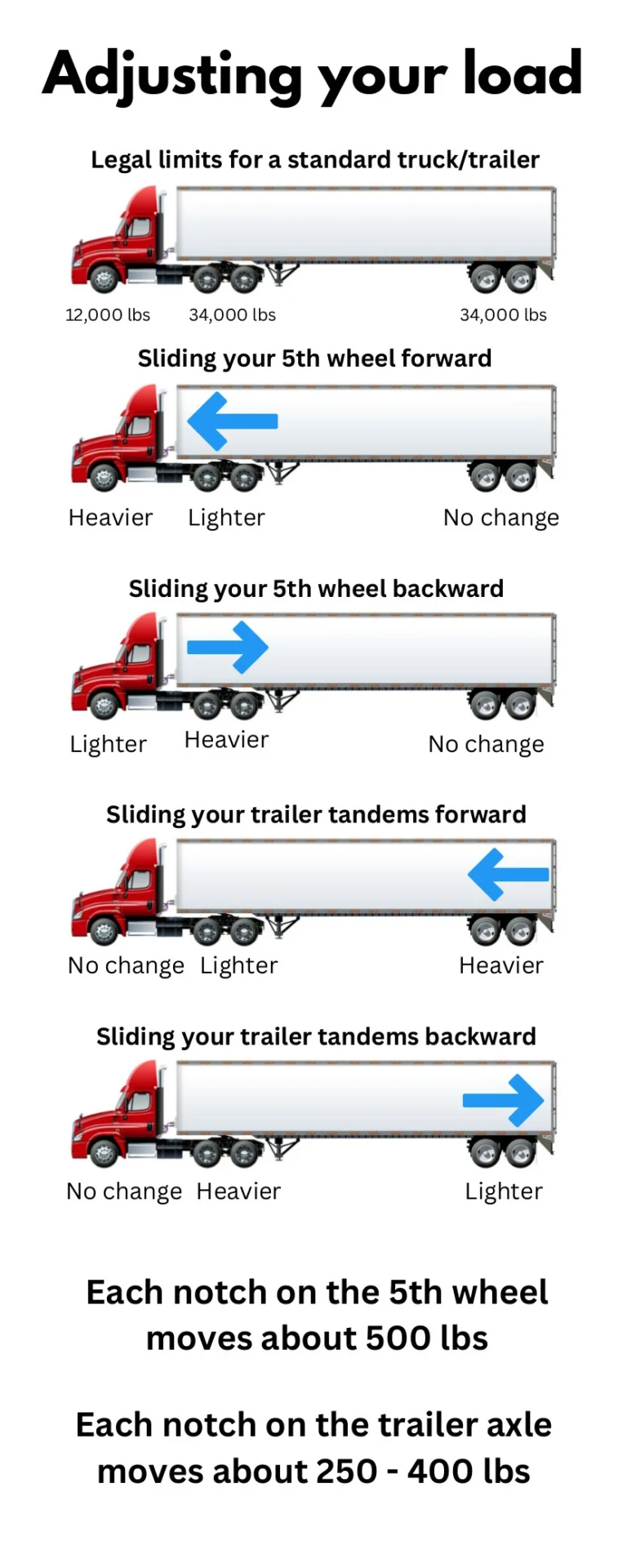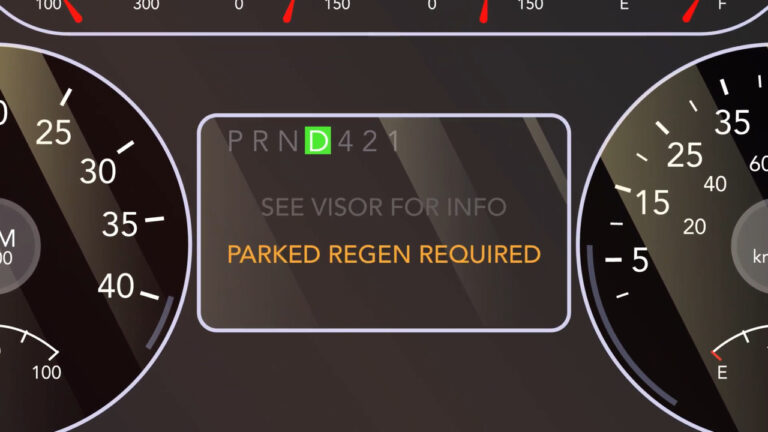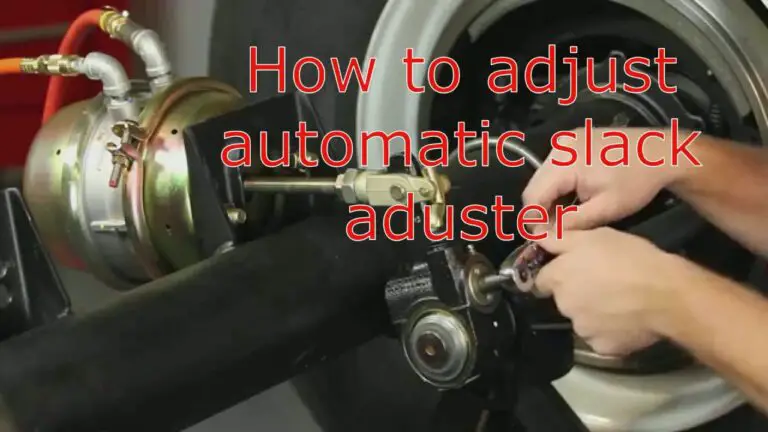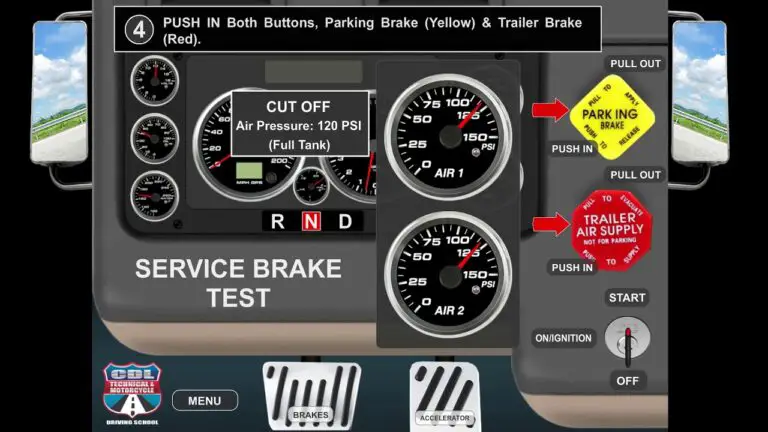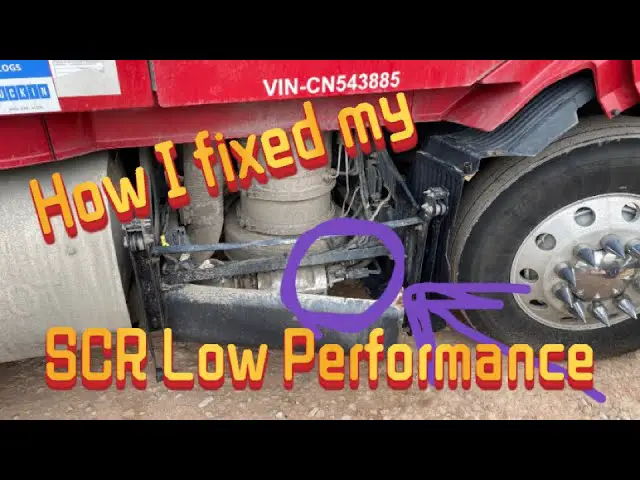
To fix an SCR system fault, you can follow these expert tips. Start by checking if the AdBlue fluid is low or completely depleted, as this can cause the SCR system to malfunction.
If the fluid is low, refill it and reset the SCR system software. You should also inspect the SCR components, such as the SCR, DEF components, and NOx sensors, for any damage or issues. Clean the SCR system if necessary, as a dirty system can lead to poor fuel consumption and performance decline.
If these steps don’t resolve the issue, it’s recommended to consult a professional for further troubleshooting and repair.
Navigate As You Want: [show]
Understanding Scr System Fault
Understanding SCR system fault is crucial for efficient vehicle performance. Regular maintenance and troubleshooting can help prevent breakdowns. Causes of SCR fault may include issues with AdBlue® fluid levels, Nox sensors, and catalyst efficiency. Identifying SCR malfunction is essential for timely repairs. Signs of a bad SCR system include poor fuel consumption, performance decline, and dashboard warnings. Vehicle going into limp mode is a clear indication of a faulty SCR. SCR system resets and cleaning can help resolve performance issues.

Credit: www.pinterest.com
Troubleshooting Scr System Fault
When it comes to troubleshooting SCR system faults, there are a few key steps you can take to resolve the issue. One of the first things you should try is resetting the SCR system. This can be done by following the manufacturer’s instructions or referring to a guide specific to your vehicle model.
In addition to resetting the system, it’s important to keep the SCR components clean and well-maintained. Regular cleaning can help prevent issues and ensure optimal performance. Additionally, be sure to check the AdBlue(R) fluid levels regularly as low levels can cause the SCR system to malfunction.
If you notice poor fuel consumption, a decline in performance and torque, or the SCR warning light illuminating on the dash, it may indicate a faulty SCR system. In this case, you may need to clean or replace the SCR components.
To fix SCR low performance problems, it’s recommended to check and replace any faulty NOX sensors, replace the air filter, or perform a regen of the DPF system if necessary.
Common Issues With Scr System
The SCR (Selective Catalytic Reduction) system in vehicles is designed to reduce harmful emissions, particularly nitrogen oxides (NOx), by converting them into harmless substances. However, there are some common issues that can affect the performance of this system.
One common issue is related to the NOx sensors. These sensors are responsible for measuring the efficiency of the catalyst conversion process. If the sensors are not functioning properly, they may give inaccurate readings, resulting in reduced performance of the SCR system.
The catalyst conversion process itself can also be a source of problems. If the catalyst becomes contaminated or damaged, it may not be able to effectively convert the NOx emissions, leading to decreased engine performance.
When the SCR system is not functioning optimally, it can have various effects on engine performance. These can include poor fuel consumption, a noticeable decline in performance and torque, the illumination of the SCR warning light on the dashboard, and even the vehicle going into limp mode.
In conclusion, it is important to address any issues with the SCR system promptly to ensure optimal engine performance and to minimize harmful emissions.

Credit: www.pinterest.com
Fixing Scr System Fault In Different Vehicles
|
In different vehicles like Kenworth, Volvo, Mack, and International, fixing SCR system faults is crucial. SCR malfunction may lead to poor fuel consumption and a decline in performance. When the SCR light illuminates frequently, it indicates a potential issue. NOX sensors might detect insufficient catalyst conversion efficiency, requiring actions like replacing air filters or regenerating the DPF system. In cases of SCR low performance, checking components like SCR, DEF, and Nox sensors is essential to identify and resolve faults. |
Preventive Measures For Scr System Fault
Maximizing AdBlue Fluid is crucial in preventing SCR system faults. Regularly checking the AdBlue level and ensuring its adequate supply is essential for the SCR system’s optimal performance. Appropriate maintenance practices such as cleaning the SCR components and conducting regular inspections can help identify any potential issues early on. Additionally, using high-quality AdBlue fluid and avoiding contamination can significantly prolong the life of the SCR system. Proper maintenance and preventive measures play a vital role in ensuring that the SCR system functions efficiently, minimizing the risk of faults and maintaining compliance with emission standards.

Credit: m.youtube.com
Frequently Asked Questions Of How To Fix Scr System Fault
What Causes A Scr Fault?
A SCR fault can be caused by low AdBlue levels, poor fuel quality, or faulty NOx sensors. It triggers warning lights and affects performance. Regular maintenance and using quality AdBlue can prevent these issues.
How Do I Reset My Scr System?
To reset your SCR system, perform a software reset following the manufacturer’s guidelines. This process varies for different vehicles.
What Does Scr Malfunction Mean?
If you see a SCR malfunction, it means there is an issue with the Selective Catalytic Reduction (SCR) system. This can happen if the AdBlue® fluid runs out or is low. You may notice a message on the display and the SCR warning light turning on or flashing.
How Do You Know If Your Scr Is Bad?
If your SCR (Selective Catalytic Reduction) system is bad, you may notice poor fuel consumption, a decline in performance and torque, the SCR light illuminating on the dash at shorter intervals, or the vehicle going into limp mode. Cleaning the SCR or addressing any issues with the DEF (diesel exhaust fluid) may be necessary.
Consider consulting an expert for help.
Conclusion
Fixing a SCR system fault requires understanding the causes and troubleshooting methods. Regular maintenance and monitoring can prevent SCR malfunctions. If your SCR system shows signs of malfunction, addressing the issue promptly is essential for optimal vehicle performance. Stay informed and proactive to ensure smooth operations.
